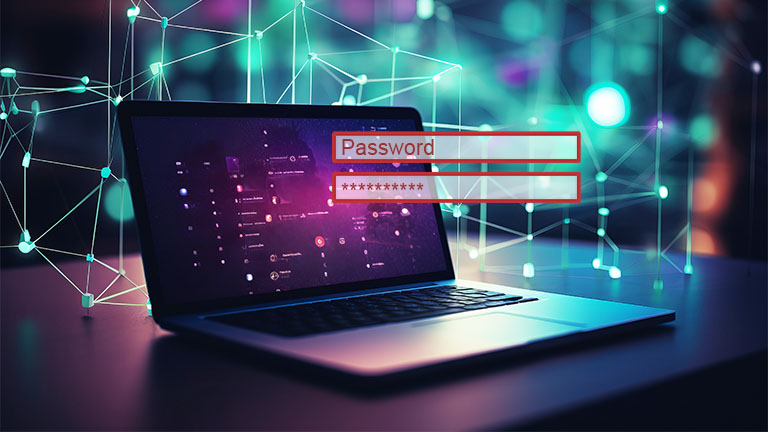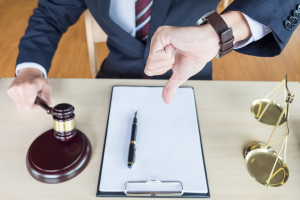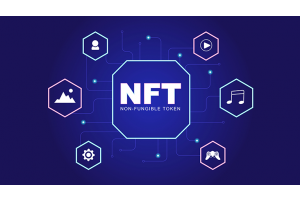Hello Guest! Welcome to Keys.Express
How to Protect Your Personal Account Access



How to Protect Your Personal Account Access:
Best Practices for Enhanced Security
Given the increasing significance of digital life, personal account access for banks, email, social media, and other online services is of paramount importance. At the same time, they are particularly vulnerable to attacks and hacks. Protecting your personal accounts should, therefore, be a top priority to safeguard your assets, identity, and privacy. In this blog post, we will shed light on best practices for securing your personal account access.
Use Strong and Unique Passwords
The first step in securing your accounts is to create strong and unique passwords. Avoid easily guessable passwords like "123456" or "Password" and opt for a combination of uppercase and lowercase letters, numbers, and special characters. Use different passwords for different accounts to minimize the risk of widespread access in case of a breach.
Regularly Update Your Passwords
Regularly updating your passwords is crucial to ensure the security of your personal account access. Changing your passwords every six months reduces the risk of compromise due to data breaches or unauthorized access. Hackers are continually developing new techniques to gain access, and regular password changes ensure you stay one step ahead. Additionally, changing your passwords reduces the likelihood of an attacker having prolonged, unnoticed access to your accounts. This simple but effective step should be firmly ingrained in your security routine and makes a significant contribution to protecting your digital identity and privacy.
If you'd like to change your Keys.Express password now, please click on this link.
Use a Password Manager
A password manager is an essential tool to ensure the security of your personal account access. These software applications offer more than just generating complex passwords. They securely store your entire password database, eliminating the need to remember all your passwords. With synchronization features, you can securely access your passwords from different devices. Moreover, many password managers offer the ability to automatically fill in your login credentials for the corresponding accounts, enhancing convenience while minimizing the risk of typos and phishing attacks. Using a password manager not only improves the security of your accounts but also enhances overall protection of your digital identity.
Utilize Password Generators for Maximum Security
Another effective measure to secure your personal account access is the use of password generators. These useful tools specialize in creating highly complex and unique passwords that are nearly impossible to crack, even for the most experienced hackers. Password generators generate random strings that comprise an optimal mix of letters, numbers, and special characters. Unlike passwords created by humans, these passwords are not tied to personal information, providing a significantly higher level of security.
Enable Two-Factor Authentication (2FA)
Enabling two-factor authentication (2FA) is an extremely effective measure to enhance the security of your accounts. 2FA introduces an additional layer of security beyond your password, making it significantly more challenging for potential attackers to access your account. This extra security layer can take various forms, including one-time codes, biometric methods, or hardware tokens.
A common example of 2FA is using a one-time code sent to your smartphone after entering your password. This code is time-limited and can only be used once. Even if someone knows your password, they will need access to your physical device or biometric features to complete the login. 2FA provides an additional layer of security invaluable in defending against phishing attacks and protecting your accounts. It is highly recommended to enable 2FA for all relevant accounts to significantly increase the security of your online presence.
Exercise Caution with Phishing Attacks
Phishing attacks remain a serious threat in the online world. These fraudulent attempts to access your sensitive data often come through fake emails, messages, or links that appear to be from trusted sources. It is of utmost importance to be extremely cautious and vigilant when receiving such messages.
Take the time to carefully inspect the sender's address to ensure its authenticity. Read the content of the message attentively and be skeptical of any requests for disclosing confidential account information. Never blindly click on links in suspicious messages and never share personal information unless you are absolutely certain it is a legitimate request. Hovering your cursor over links without clicking on them is a good method to detect potential fraud without opening the link. This simple step allows you to identify suspicious links if the displayed URL does not match the expected domain. A healthy level of skepticism can protect you from the insidious pitfalls of phishing.
Regularly Monitor Your Accounts
Keep a vigilant eye on your account activities. This includes regularly reviewing your account statements, transaction history, and notifications. Through this careful attention, you can identify suspicious activities early and take appropriate action. Ensure that all recorded transactions are authorized by you and pay special attention to unusual or unexpected withdrawals. Proactive monitoring helps detect and thwart potential security breaches or unauthorized access before significant damage can occur.
Secure Your Devices
The security of the devices you use to access your accounts is crucial. Start by ensuring your devices have reliable antivirus software installed. This software protects you from viruses, trojans, and other malicious programs that could jeopardize your security. Additionally, it is crucial to keep your operating system and applications up to date, as security updates and patches are regularly released to address vulnerabilities. A firewall is another essential tool to protect your devices by monitoring traffic and blocking unwanted access. Together, these measures form a robust line of defense against malware and other threats that could compromise your personal account access.
Create Backups of Your Data
Regularly backing up your data is an indispensable shield for your digital assets. Whether stored on external hard drives or in the cloud, these backups provide you with the assurance that you can quickly and easily access your information in case of data loss due to ransomware or other malicious attacks.
Conclusion
Securing your personal account access is crucial to protect your financial security and privacy. By implementing these best practices, you can minimize the risk of unauthorized access and data loss. Stay vigilant and invest time and effort in safeguarding your accounts – it will pay off in the long run.











